*** Proof of Product ***
Exploring the Essential Features of “Unit Economics for Ecommerce – Jeffrey Bantam”
Become great understanding and leveraging your unit economics
Unit economics is a simple yet powerful tool that attempts to simplify all this complexity by measuring the profitability on a per-unit basis, allowing you to understand better the health, success, and long-term sustainability of your business. You will learn to:
- Clearly explain what unit economics is, how it is calculated within the context of your business, and the purpose it holds within the broader growth strategy process.
- Understand the interconnectivity of how pricing, margin, future purchase behavior, and invested capital affect each other when assessing performance and strategic decision making
- Develop actionable questions to ask and steps to take towards understanding, measuring, and analyzing the health of your business.
By Jeffrey Bantam,
Head of Finance @ PetFriendly
Course length: 2h 00min
Introduction video
This course is essential for you if…
- You want to understand the WHY behind the WHAT regarding strategic decision-making, capital allocation, and operational efficiency.
- You want to TAKE CHARGE in meetings that involve finance executives or outside investors and speak in the strategic language they live and breathe.
- You simply want to level up your understanding of 1) how a company’s finances bind all growth departments together, 2) how strategic decisions can impact a company’s ability to grow and make money, and 3) how to make efficient and profitable growth decisions when allocating capital across channels
After taking this course you will…
- Clearly explain what unit economics is, how it is calculated within the context of your business, and the purpose it holds within the broader growth strategy process.
- Understand the interconnectivity of how pricing, margin, future purchase behavior, and invested capital affect each other when assessing performance and strategic decision making
- Develop actionable questions to ask and steps to take towards understanding, measuring, and analyzing the health of your business.
Skills you will master
Ecommerce CAC Ecommerce margins Ecommerce pricing Unit economics
Your course curriculum
Unit economics for ecommerce
1 Introduction to unit economics
This lesson introduces the concept of unit economics, what it represents, and how it is defined.
2 How is the unit economic value calculated?
This lesson provides the quantitative formulas behind the unit economics framework through the lens of two common definitions of a unit across consumer businesses.
3 Introducing primary component #1: pricing
This lesson explains what pricing means within the unit economics framework, how it is calculated, and what factors can change the pricing variable for your business.
4 Introducing primary component #2: margin
This lesson breaks down the differences in types of margin, how you can better understand which costs drive which margins, and how these margins are calculated through the lens of an income statement.
5 Introducing primary component #3: future purchase behavior
This lesson introduces the impact a customer’s future purchase actions can have on your company, the different ways future purchase behavior can be calculated, how other business models view this variable, and the risk associated with its variability.
6 Introducing primary component #4: invested capital
This lesson introduces the concept of invested capital within the scope of unit economics, how it is calculated, what it typically represents within your business and a few ways you can work to determine how best to allocate your spend.
7 Improving primary component #1: pricing
This lesson builds on the pricing introduction from Lesson 3 and details four specific levers available to drive growth via pricing within the unit economics framework.
8 Improving primary component #2: margin
This lesson builds on the margin introduction from Lesson 4 and details different optimization strategies that can improve margin performance through the lens of each variable cost bucket.
9 Improving primary component #3: future purchase behavior
This lesson builds on the introduction of future purchase behavior from Lesson 5 and details key behavioral questions you can ask to begin determining the underlying drivers of performance and a few common ways companies can gather information from their customers.
10 Improving primary component #4: invested capital
This lesson builds on the introduction of invested capital from Lesson 6. It details several ways a business can begin determining their best initial steps forward, key variables to consider when analyzing capital allocation vs. performance data, and how several core metrics can influence decision-making.
11 Example #1: rising CAC (customer acquisition cost)
This lesson explores a case study-style example where a business is seeing its costs to acquire customers increase rapidly and needs to find ways to maintain growth and efficiency while mitigating further reductions to their returns.
12 Example #2: not enough LTV (customer lifetime value)
This lesson explores a case study-style example where a business is struggling to maintain its pace of growth at its current acquisition costs and needs to think through ways to expand LTV before making changes to its investment strategy.
13 Closing
This lesson closes out the course, providing an initial set of questions to get you started in the process of analyzing unit economics and then ending with some important caveats to keep in mind as you explore.
About the expert
Jeffrey Bantam
I lead the FP&A team at Bloomerang. Bloomerang provides donor management software to nonprofits, empowering fundraisers to do what they love and build a world inspired by giving. Prior to joining Bloomerang, I served as Head of Finance at PetFriendly, a monthly subscription box service focused on providing pet wellness products to dog and cat parents. Prior to PetFriendly, my experiences span across Investment Banking and Growth Equity, exposing me to a wide range of business models, from traditional enterprise and SMB software, to direct-to-consumer, retail and other consumer products, to financial services.
I believe my diverse background of experiences and perspectives makes my finance knowledge a superpower, enabling me to help better founders and operators bridge the gap between weekly operational planning and quarterly/annual/multi-year forecasting. I combine experiences of sitting in board rooms of multi-billion dollar public companies with an unhealthy level of preference towards profitability and operational efficiency so that no matter if you’ve raised capital or are bootstrapped, whether you are big or small, whether you are high growth or steady-eddy, I can best position you for success in achieving your specific objectives.
Please see the full list of alternative group-buy courses available here: https://lunacourse.com/shop/

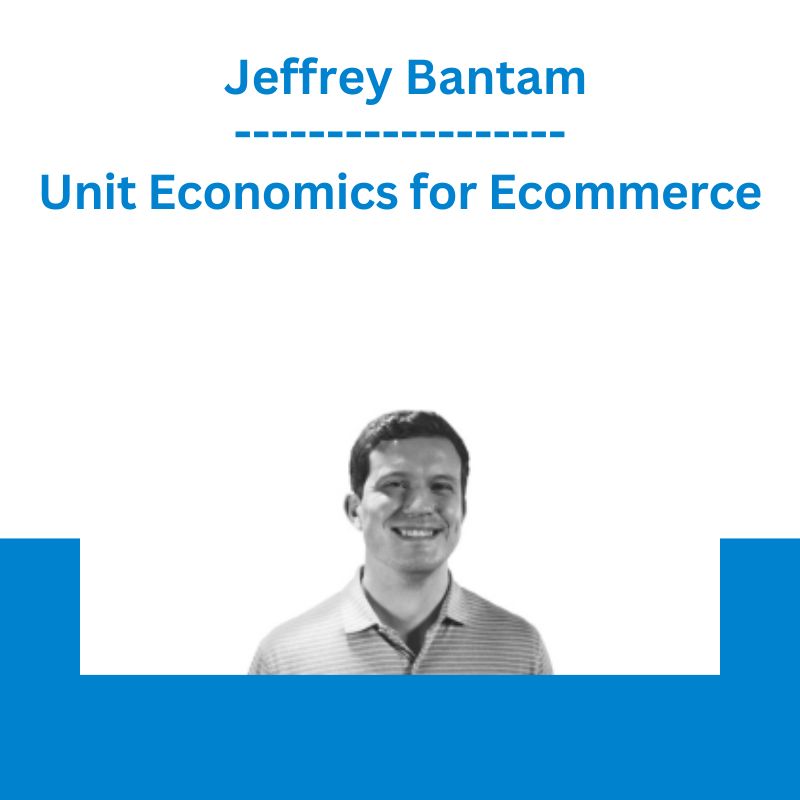

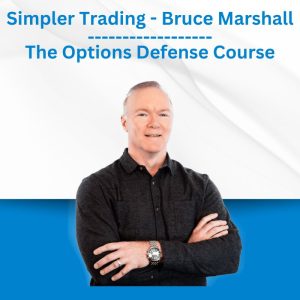



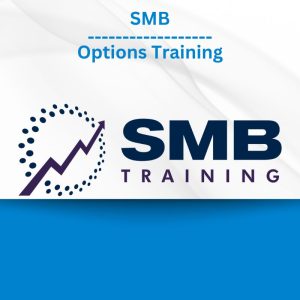
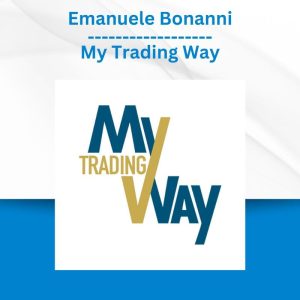

 Julie Stoian & Cathy Olson - Launch Gorgeous - Funnel Gorgeous Bundle
Julie Stoian & Cathy Olson - Launch Gorgeous - Funnel Gorgeous Bundle  George Fontanills & Tom Gentile - Optionetics 6 DVD Series Home Study Course (Digital Download)
George Fontanills & Tom Gentile - Optionetics 6 DVD Series Home Study Course (Digital Download)  Fred Haug - Virtual Wholesaling Simplified
Fred Haug - Virtual Wholesaling Simplified  George Fontanills & Tom Gentile - Optionetics Wealth Without Worry Course
George Fontanills & Tom Gentile - Optionetics Wealth Without Worry Course  Erik Banks - Alternative Risk Transfer
Erik Banks - Alternative Risk Transfer 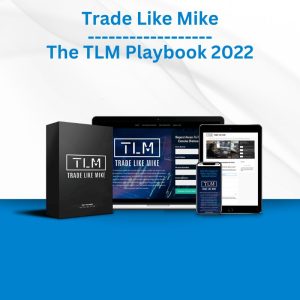 Trade Like Mike - The TLM Playbook 2022
Trade Like Mike - The TLM Playbook 2022